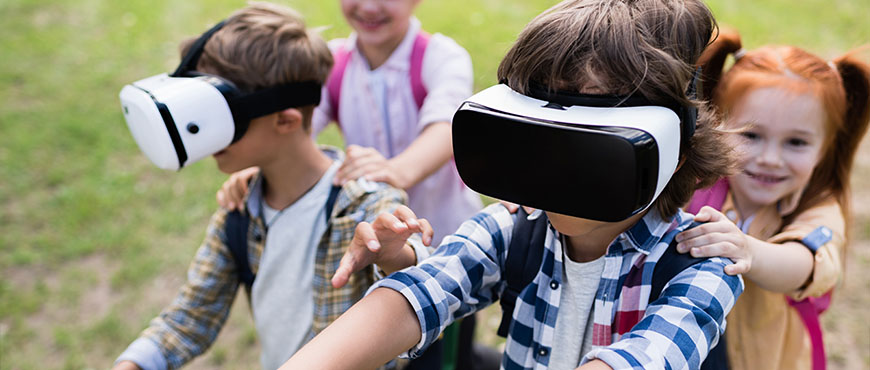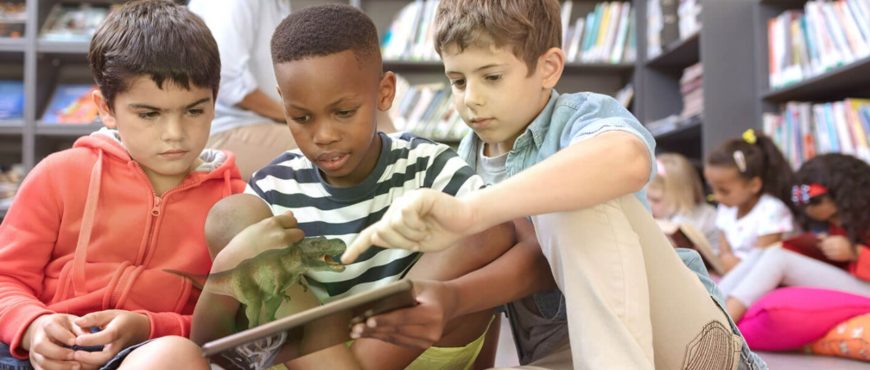Digital transformation is becoming more present in the classroom. Keep the new generation of students engaged with traditional teaching methods can be considered an impossible mission and even a huge mistake in education. We are dealing with a native digital audience that requires more dynamic, interactive and customized resources for learning. It is not about unengaging learning topics, but rather the traditional teaching methods.
In this context, it is possible to see that teachers are more frequently adding Augmented Reality into the classroom, proposing students a more interesting learning alternative through immersive experiences.
I would consider three topics to analyze the context of having Augmented Reality as a learning tool.
1. Resistance for adding digital solutions in teaching methods
There is still a significant level of resistance for many teachers in adopting digital solutions. If we think that one of the main reasons for the introduction of technology has always been to keep our lives better by saving time, narrowing communication flow, reducing physical distances, giving easy access to real time information, etc, technology can also improve our lives in education.
In my point of view, an exception to consider in this topic would be the introduction of technology for children, mainly before primary education level. It has been proved already by several studies the negative health impacts of excessive usage on children. However, from primary level on, some digital tools such as Augmented Reality could be gradually introduced as a valuable complementary resource to help in the learning process.
2. Augmented Reality can improve knowledge retention
Students need more interaction with the proposed subject and not only the content itself. An interactive and immersive experience can stimulate them much more than only reading or listening something. The human brain remembers much more things when stimulated by making or simulating reality. Therefore, an interactive experience brings a big difference in the learning process and Augmented Reality is the perfect technology for that.
3. Augmented Reality helps increase student’s concentration

Augmented Reality can improve concentration in studying. It may sound a bit strange once it is evident that one of the reasons for student’s distraction is mobile interaction for example. However, if the subject is taught with engaging technology, such as AR, it eliminates the need for students to find entertainment somewhere else. This is particularly beneficial for students who have trouble concentrating and struggle to take in and remember information. They can retain more information than they would gain from more traditional teaching methods.
Education is constantly changing according to the trends in society development. Nevertheless, the main reason for these shifts are not the new technologies but the new learners with their new needs and requirements.
In such an environment, learners can work and interact with virtual objects integrated to the real world. They explore and learn abstract theories and concepts much faster and easier with aspiration and motivation for deepening knowledge. Learners acquire key skills, knowledge and competences that enable them to take adequate and creative solutions to real problems.


